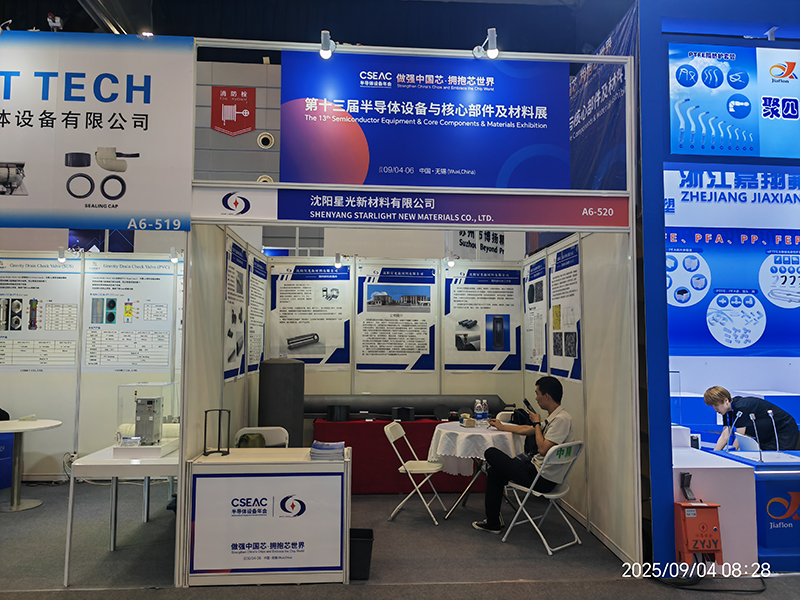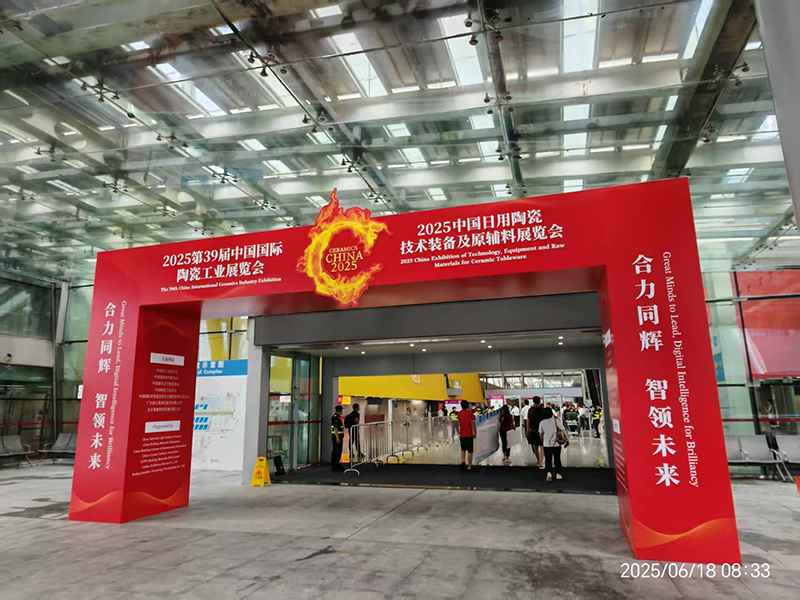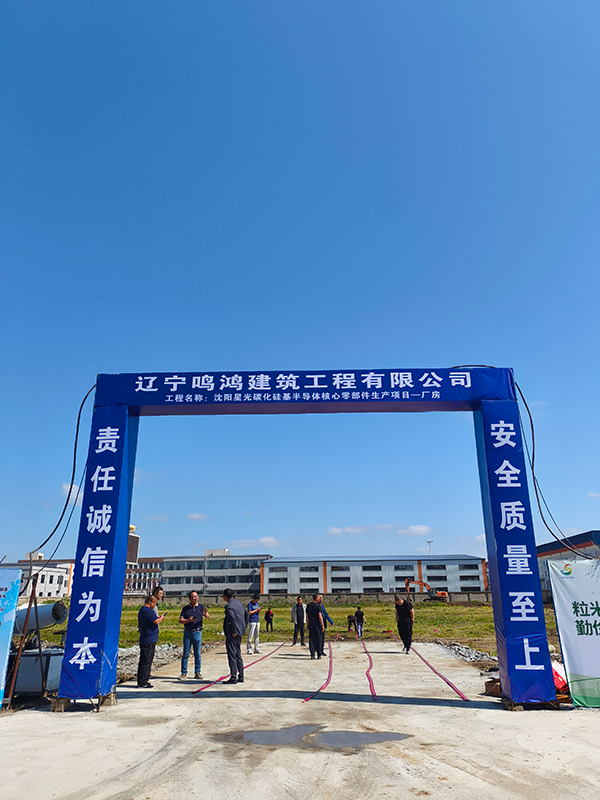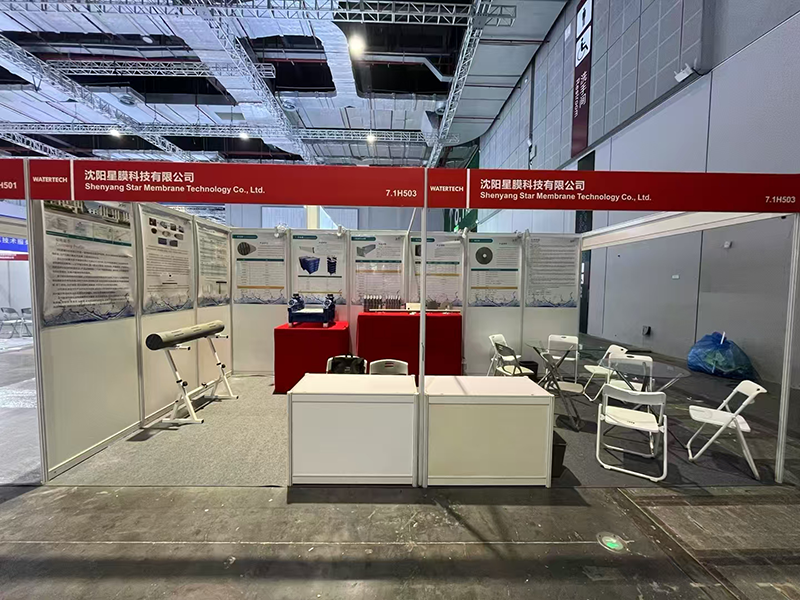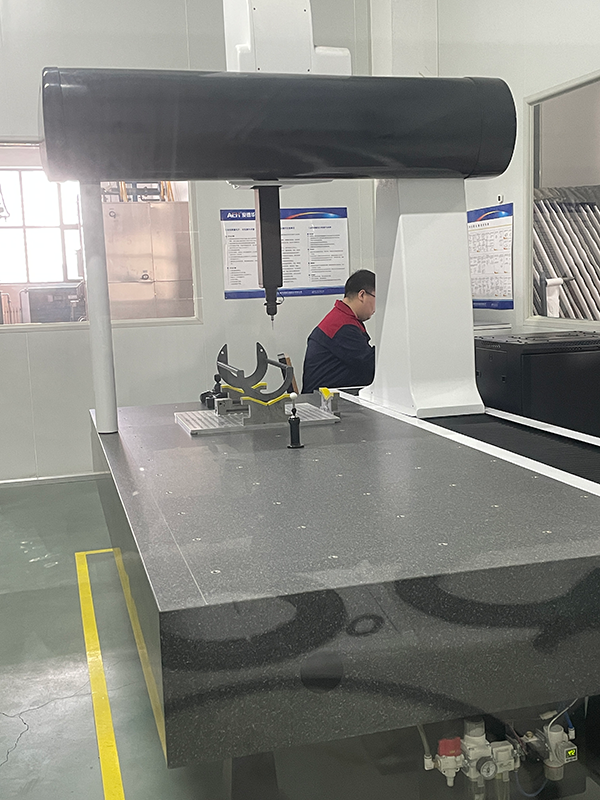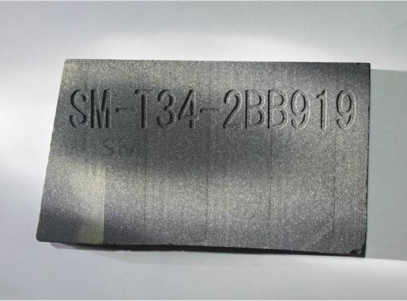
The main functions of silicon carbide in casting
The Main Functions of Silicon Carbide in Casting
Silicon carbide is a synthetic ceramic material with a unique combination of properties, including high thermal conductivity, exceptional hardness, chemical inertness, and resistance to thermal shock. These characteristics make it a versatile additive in the foundry industry, where it plays a critical role in improving the quality and performance of cast metals. In casting processes—particularly in iron and steel production—silicon carbide has emerged as a transformative material, offering solutions to long-standing challenges such as porosity control, mechanical property enhancement, and energy efficiency. This article explores the primary functions of silicon carbide in casting, analyzing its mechanisms of action and practical benefits.
1. Enhancing Nucleation and Grain Refinement
One of the most significant roles of silicon carbide in casting lies in its ability to act as a nucleation agent, promoting the formation of fine-grained structures in molten metals. During the solidification of cast alloys, the size and distribution of grains directly influence mechanical properties such as strength, ductility, and fatigue resistance. Silicon carbide particles serve as heterogeneous nucleation sites, providing surfaces for the initiation of crystal growth. This reduces undercooling—the temperature difference required for solidification—and ensures a uniform distribution of nucleation points.
In gray iron casting, for example, silicon carbide decomposes at high temperatures (above 1,400°C) to release carbon and silicon into the melt. The liberated carbon reacts with iron to form graphite flakes, while the silicon enhances fluidity. The combined effect results in finer graphite structures and smaller pearlite colonies, which improve tensile strength and reduce brittleness. Similarly, in aluminum casting, SiC particles refine the α-Al matrix, minimizing the risk of hot tearing.
2. Improving Melt Fluidity and Reducing Shrinkage Defects
The addition of silicon carbide to molten metal improves melt fluidity, a critical factor in filling complex molds and achieving defect-free castings. Silicon carbide lowers the liquidus temperature of the melt by altering its chemical composition, allowing it to remain in a fluid state for longer periods. This is particularly beneficial in thin-section castings or intricate geometries where premature solidification could lead to incomplete filling.
Furthermore, silicon carbide mitigates shrinkage defects, such as microporosity and macro shrinkage cavities, which arise from volumetric contraction during cooling. By enhancing nucleation and refining grain structures, SiC reduces the interdendritic spaces where shrinkage porosity typically forms. In ductile iron production, studies have shown that adding 0.5–1.5% silicon carbide reduces shrinkage porosity by up to 30%, significantly improving the pressure tightness of components like engine blocks and hydraulic valves.
3. Controlling Oxygen and Impurity Levels
Silicon carbide acts as a deoxidizer and desulfurizing agent in ferrous and non-ferrous casting. When introduced into molten iron or steel, SiC reacts with dissolved oxygen and sulfur to form stable compounds such as silica (SiO₂) and carbon monoxide (CO). These reactions reduce the presence of harmful impurities that could otherwise lead to gas porosity or slag inclusions. For instance, in steelmaking, the removal of oxygen via SiC minimizes the formation of CO bubbles, which are a common source of pinhole defects.
In aluminum casting, silicon carbide reduces hydrogen absorption—a major cause of gas porosity—by creating a protective oxide layer on the melt surface. This layer acts as a barrier, preventing atmospheric hydrogen from dissolving into the molten metal.
4. Enhancing Mechanical Properties
The incorporation of silicon carbide directly enhances the mechanical properties of cast alloys. In cast iron, SiC increases the carbon equivalent value (CEV), which stabilizes the formation of graphite while suppressing the precipitation of hard carbides like cementite. This balance results in improved machinability and wear resistance. For high-performance applications, such as brake discs or cylinder liners, the addition of SiC raises hardness and thermal conductivity, enabling components to withstand extreme friction and temperature gradients.
In aluminum-silicon (Al-Si) alloys, silicon carbide serves as a reinforcement phase in metal matrix composites (MMCs). These SiC-Al composites exhibit superior strength-to-weight ratios, making them ideal for aerospace and automotive parts. The hardness of SiC also reduces tool wear during post-casting machining operations.
5. Energy Efficiency and Cost Reduction
Silicon carbide contributes to energy savings in foundry operations. Its exothermic decomposition releases heat, which compensates for thermal losses during melting and holding. This reduces the energy required to maintain the molten metal at optimal pouring temperatures. In electric arc furnaces, the use of SiC can lower electricity consumption by 5–10%, translating to substantial cost savings for large-scale foundries.
Additionally, silicon carbide extends the lifespan of refractory linings in furnaces and ladles. Its high thermal conductivity ensures even heat distribution, minimizing localized overheating that degrades refractory materials. This reduces downtime for maintenance and replacement, further lowering operational costs.
6. Environmental Benefits
The adoption of silicon carbide aligns with the growing emphasis on sustainable manufacturing. By improving yield rates and reducing scrap due to defects, SiC minimizes material waste. Its role as a deoxidizer also decreases reliance on traditional additives like ferrosilicon, which have higher carbon footprints. Moreover, the energy-efficient properties of SiC contribute to lower greenhouse gas emissions per ton of cast metal produced.
7. Specialized Applications
Beyond conventional casting, silicon carbide finds niche applications in advanced processes. In lost foam casting, SiC-coated foam patterns improve dimensional accuracy by stabilizing the decomposition of the foam. In investment casting, SiC-based ceramic shells offer superior thermal stability compared to traditional silica-based molds. For additive manufacturing of metal parts, SiC-reinforced powders enhance the laser absorptivity and density of 3D-printed components.
Get the latest price? We'll respond as soon as possible(within 12 hours)
